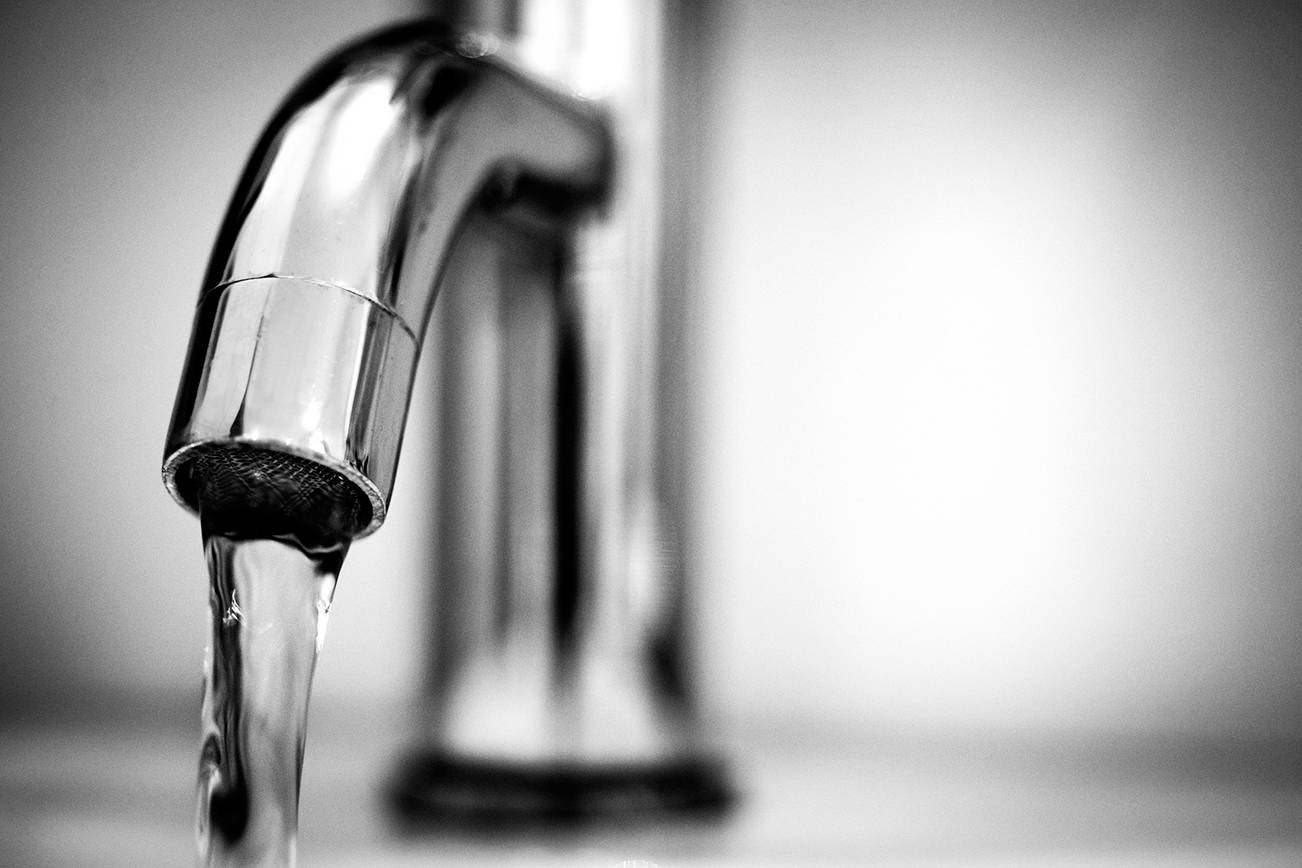Half of Eastsound Water Users Association members could see an increase in their water rates beginning in January 2019 while the other half would experience a decrease.
In an effort to distribute costs more equitably, EWUA and a team of its members have restructured the rate at which water usage will be charged next year. The water rates are a proposal and are subject to change.
“We wanted it to be equitable so that the different service classes – commercial, multiunit and residential – each pay their fair share. No one service class was paying to subsidize another,” said EWUA General Manager Paul Kamin. “We wanted to have a rate structure that applied to all the members the same.”
The rate structure committee was organized after EWUA members – primarily business owners – were irritated by a new rate system was adopted in February 2016. The rates were supposed to begin in April 2016, but the responses against it were so strong the board of directors voted to postpone it until more research was performed.
“So we had a member engagement process in 2016 that involved 30 members, and they gave 12 hours of volunteer time to look at the question of how should the cost of operating and maintaining the water system be shared equitably and fairly amongst the membership?” Kamin said. “The existing rate structure does a remarkable job of promoting equity between service groups. … Within the service groups, we find some differences.”
Each single-family residence has one equivalent residential unit; multifamily residences have 0.6 ERUs per unit; and businesses have 1.75 ERUs per tax parcel. One ERU allows for the use of 5,000 gallons per month. With the current rate structure, everyone has a base allotment of 5,000 gallons per ERU, and they pay $47 for that ERU, with multifamily units paying $28.20 for their base rate and businesses paying at least $82.85 for theirs. If a business has five ERUs then they would pay $235. This structure charges everyone equally based on their ERUs regardless of their unequal water use. If you exceed your base rate, 5,000 per ERU, then you pay an additional $20 for every 1,000 you use.
“For the same water use, you can have four different rates,” Kamin said. “If you have the same water-use pattern as somebody else, you should pay the same water rates as anybody else. Regardless of your commercial or residential and multi-unit standing.”
While researching new rate structures, the committee divided each service group into quarters. They found that 25 percent of residential members use almost 50 percent of the water, yet they pay only 37 percent of the fees. Additionally, users who utilize 6 percent of the water pay 20 percent of the fees.
“There’s an equity imbalance in our opinion,” Kamin said. “A very similar pattern shows within the commercial [users].”
The committee included: Joe Cohen, a EWUA board member and a commercial and residential water user; Steve Miller, a board member and residential user; Jim Nelson, a board member and a commercial user; Jim Kimball, an at-large member and commercial user; Mike Stolmeier, an at-large member and business and residential user; and Kamin.
Under the new system, ERUs have been decoupled from the rates charged. Now, each member will have a unique base rate they will be charged that is calculated using the prior year’s water usage. For example, if a member used an average of 2,000 gallons of water a month, they would be charged $13 for every 1,000 gallons of water used, so their base rate would be $26.
With the new structure there’s a better balance, Kamin explained. The 25 percent of residential users who use 49 percent of the water will now pay 46 percent of the fees rather than 37 percent.
“There’s still some variations but it’s a lot better,” Kamin said. “The lowest users are always going to be skewed because there’s a bunch of people in the lowest 25 percent of users that are inactive. … They should contribute. Just because you use no water doesn’t mean you shouldn’t help us maintain the infrastructure so that you can.”
Along with the new rate structure, EWUA has introduced a low-income financial assistance program that will be distributed through the Orcas Community Resource Center. The program, similar to Orcas Power and Light Cooperative’s Project PAL, will allow members to donate funds to assist low-income members in paying their water bills. Both projects were presented to members during five meetings in the months of December and January.
“We’re rolling out this proposal to get member feedback in January 2018 for a rate structure we’re proposing go into effect in January ‘19,” Kamin said. “So there’s a full year’s notice allowed here for people to adjust their water use, adjust their financial plans whatever it is they want to do.”



